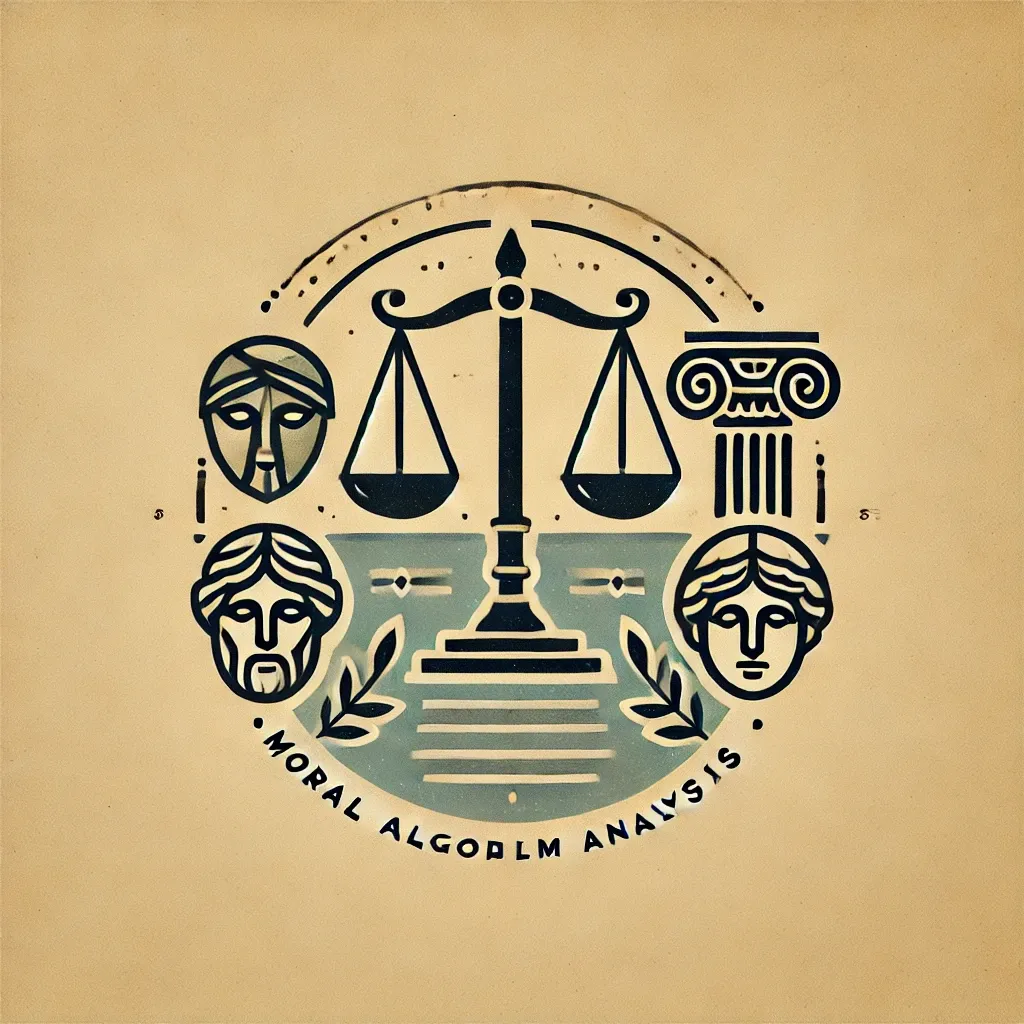Federal Government Under Siege
Observers are describing as an unprecedented convergence of corporate and governmental power, the federal government appears to be experiencing what amounts to a hostile takeover attempt

Analyzing the Corporate Takeover Playbook
In what observers are describing as an unprecedented convergence of corporate and governmental power, the federal government appears to be experiencing what amounts to a hostile takeover attempt, complete with classic corporate raid tactics being applied to democratic institutions.
Corporate Raider Playbook: Classic Tactics in a New Arena
In the world of hostile corporate takeovers and vulture capitalism, specific tactics have become well-documented strategies for gaining control of target organizations. The current situation demonstrates remarkable parallels to these established methods:
1. Information Control and Systems Access
In corporate raids, gaining access to internal systems and sensitive data is often a first move. Here we see:
- Immediate seizure of payment systems access
- Control of internal communications infrastructure
- Access to personnel databases
- Control of operational systems
2. Destabilization Through Uncertainty
Classic vulture capital tactics involve creating instability to weaken institutional resistance:
- Sudden leadership changes (firing 18 Inspectors General)
- Mass employee displacement (forcing telework)
- System lockouts
- Creating unclear chains of command
- Disrupting normal operations without formal dissolution
3. Speed and Overwhelming Force
Corporate raiders often move quickly to prevent organized resistance:
- Multiple simultaneous system takeovers
- Rapid displacement of existing leadership
- Swift operational changes before legal challenges can mobilize
- Creating facts on the ground before opposition can organize
4. Asset Control
Just as corporate raiders target key assets, we see strategic control of critical infrastructure:
- Financial systems
- Communication networks
- Data repositories
- Physical facilities
5. Regulatory Circumvention
Like corporate raiders finding loopholes in securities law:
- Operating through Special Government Employee status
- Bypassing traditional oversight mechanisms
- Exploiting gaps in existing regulatory frameworks
- Testing legal boundaries while establishing control
6. Leverage and Pressure Points
Similar to using debt leverage in corporate takeovers:
- Using budget control as leverage
- Threatening employee positions
- Controlling access to critical systems
- Creating operational bottlenecks
This application of corporate raider tactics to governmental institutions represents an unprecedented adaptation of private sector hostile takeover methods to the public sector.
The Strategic Players
At the center of this developing situation stands Elon Musk, appointed as a Special Government Employee (SGE) - a position that limits him to 130 working days per year, though these can be subdivided into half-days to extend his operational window. While President Trump has publicly stated that "Elon can't do and won't do anything without our approval," the reality on the ground suggests a more complex power dynamic.
The Takeover Playbook
The strategy being employed bears striking similarities to corporate takeover tactics:
1. Rapid Control of Critical Infrastructure
Much like a corporate raider securing key assets, Musk has reportedly gained control of several critical governmental systems:
- Communications infrastructure
- Financial payment systems
- Data infrastructure
- Components of military infrastructure
- Treasury payment systems containing sensitive personal and financial data of millions of Americans
2. Disruption of Operations
Classic destabilization tactics are being deployed:
- Employees locked out of computer systems
- Workers told to stay home and telework
- Physical access to buildings restricted
- Agencies effectively shuttered without formal dissolution
3. Resource Control and Information Access
The takeover attempt has secured access to sensitive systems including:
- Treasury's payment management system
- Personal and financial data of Social Security recipients
- USAID operational systems
- Office of Personnel Management databases
Legal and Constitutional Challenges
The situation has sparked multiple legal challenges:
- Federal employee unions have filed lawsuits
- Questions about violation of civil service laws
- Constitutional concerns about separation of powers
- Privacy Act violations regarding unauthorized access to sensitive data
The Opposition Response
Resistance to these actions is materializing on multiple fronts:
1. Legislative Response
- Congressional oversight and committee actions
- Filibuster threats
- Bipartisan concern over procedural violations
2. Legal Challenges
- Civil service law protections
- Constitutional claims
- Administrative procedure violations
- Privacy Act enforcement
3. Public Response
- Decentralized local protests
- Agency-specific demonstrations
- Labor union actions
- Civil society organization involvement
Critical Vulnerabilities in the Democratic System
This situation has exposed several systemic vulnerabilities:
- The ease with which established agencies can be effectively disabled without formal dissolution
- The potential for private sector actors to gain unprecedented access to government systems
- The limitations of existing oversight mechanisms
- The challenge of protecting civil service employees from political targeting
Implications for Democratic Governance
The current situation raises fundamental questions about:
- The boundaries between private and public sector power
- The effectiveness of constitutional checks and balances
- The resilience of democratic institutions
- The protection of civil service independence
- The security of sensitive government data
Actions and Legal Standing: A Constitutional Analysis
The current situation presents a complex web of actions that intersect with various federal laws, constitutional provisions, and administrative regulations. Understanding their legal standing requires examining each category of action against existing legal frameworks.
Agency Access and Control Actions
The physical lockout of federal employees and restriction of building access presents several legal concerns. Under federal law, agencies created by Congress cannot be unilaterally shuttered by executive action. However, USAID presents a unique case as it was created by Executive Order under President Kennedy, though it operates under Congressional authorization and funding. This creates a gray area regarding executive authority over its operations.
The Federal Service Labor-Management Relations Statute provides specific protections for federal employees regarding workplace access and conditions. Sudden lockouts and forced telework mandates may violate these provisions, particularly without proper notice and consultation periods.
Data Access and Privacy Concerns
The access granted to Treasury payment systems and personal data raises significant legal issues under multiple frameworks:
The Privacy Act of 1974 specifically restricts access to federal databases containing personal information. Granting access to these systems without proper authorization and security clearances likely violates both the letter and spirit of this law. The unauthorized access to Social Security recipient data particularly raises red flags under both the Privacy Act and the Social Security Act's confidentiality provisions.
Civil Service Protections
The mass displacement of federal workers and attempts to force resignations encounter several legal barriers:
Civil Service Reform Act protections require specific procedures for personnel actions. These include:
- Due process requirements
- Notice periods
- Appeal rights
- Protection against political coercion
The current actions appear to circumvent these established protections, making them vulnerable to legal challenge.
Constitutional Considerations
Several actions raise fundamental constitutional questions:
The Appropriations Clause (Article I, Section 9) gives Congress, not the executive branch, control over federal spending. Attempts to unilaterally freeze or redirect appropriated funds likely violate this constitutional provision.
The Appointments Clause governs how federal officers can be appointed and removed. The mass removal of Inspectors General without proper notice and cause may violate both this constitutional requirement and the Inspector General Act.
Special Government Employee Status
The use of Special Government Employee (SGE) status presents unique legal considerations:
While SGE status is legal under 18 U.S.C. § 202(a), the current application pushes several boundaries:
- The 130-day limit is being creatively interpreted through half-day counting
- Access to sensitive systems may exceed SGE authorization scope
- Potential conflicts with other federal contracts raise ethical concerns under 18 U.S.C. § 208
Administrative Procedure Act Compliance
Many of the current actions appear to violate the Administrative Procedure Act's requirements for agency actions:
- Lack of proper notice and comment periods
- Absence of reasoned decision-making documentation
- Failure to follow established procedural requirements
- Arbitrary and capricious standard violations
Current Legal Challenges
Several legal challenges have already been filed:
- Federal employee unions challenging workplace access restrictions
- Privacy advocates contesting unauthorized system access
- Constitutional challenges to spending freezes
- Administrative procedure violations
These cases are likely to establish important precedents regarding executive authority limits and federal employee protections.
Looking Forward
The outcome of this situation will likely have lasting implications for:
- The structure of federal agencies
- The role of private sector actors in government
- The strength of civil service protections
- The security of government data systems
- The balance of power between executive and legislative branches
This unprecedented situation continues to evolve, with multiple stakeholders engaging in what amounts to a battle for control of fundamental government functions. The resolution of this conflict may well determine the future shape of American democratic governance.
Note: This analysis is based on reported events and statements from various stakeholders, including members of Congress, government officials, and legal experts. The situation continues to develop.
